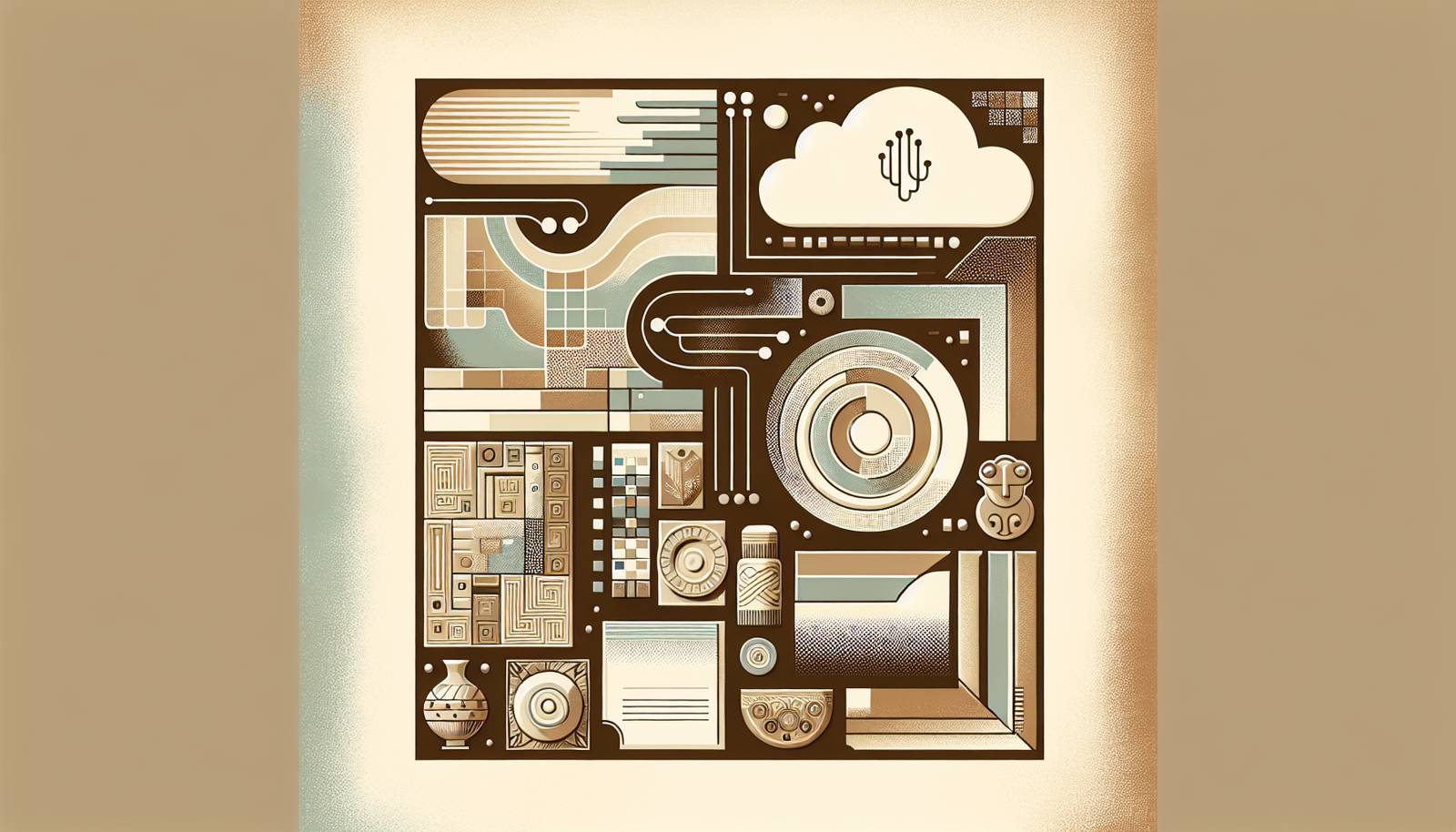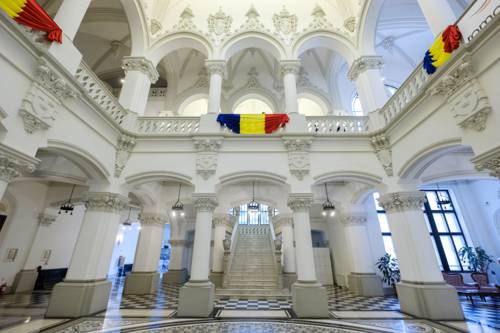
FAQ About The Impact of Digital Archiving on Cultural Heritage Preservation

What is digital archiving in the context of cultural heritage preservation?
Digital archiving in cultural heritage preservation refers to the process of converting physical artifacts, documents, or any cultural heritage items into digital formats. This allows for the storage, maintenance, and sharing of these cultural assets via electronic means, ensuring their longevity and accessibility. By digitizing heritage items, organizations can preserve valuable cultural information that might otherwise degrade or become inaccessible due to physical limitations.

Why is digital archiving important for preserving cultural heritage?
Digital archiving is crucial for preserving cultural heritage because it provides a means to safeguard information against physical degradation, loss, or destruction. Digitized collections can be backed up and stored in multiple locations, reducing the risk of complete loss due to natural disasters, wars, or mishandling. Furthermore, digital archives can be made accessible to a wider audience, facilitating research, education, and cultural appreciation globally.

What are some benefits of digital archiving for cultural institutions?
Some benefits of digital archiving for cultural institutions include increased accessibility to collections, efficient management and retrieval of information, and enhanced opportunities for collaboration and sharing among institutions worldwide. It also allows museums, libraries, and archives to reach a broader audience by making their collections accessible online, thus encouraging greater public engagement and education in cultural heritage.

What challenges do organizations face in the digital archiving of cultural heritage?
Challenges in the digital archiving of cultural heritage include ensuring data authenticity and integrity, the high costs associated with digitization, and the need for technical expertise. Additionally, cultural institutions must navigate issues related to digital rights management, access control, and long-term preservation of digital formats to prevent obsolescence. Balancing digitization with respecting cultural sensitivity and ownership rights also remains a significant concern.

How does digital archiving enhance access to historical and cultural information?
Digital archiving enhances access to historical and cultural information by making it possible to store, preserve, and disseminate data electronically. This democratizes access to knowledge, allowing researchers, educators, students, and the general public to explore cultural heritage from anywhere in the world. Digitization also often involves creating high-quality replicas that can be studied and appreciated without physical interaction, thereby protecting the original artifacts.

What are the types of digital formats used in cultural heritage archiving?
Common digital formats used in cultural heritage archiving include TIFF and JPEG for images, PDF for documents, WAV and MP3 for audio files, and MP4 or AVI for video content. These formats are chosen for their balance between quality, file size, and compatibility with digital archiving standards. Metadata formats like XML and Dublin Core are also employed to provide contextual information and ease searchability within digital repositories.

Can digital archiving help in the preservation of intangible cultural heritage?
Yes, digital archiving can help preserve intangible cultural heritage, such as oral traditions, music, dance, and rituals, by recording them in audio, video, and text formats. This allows cultural practices and expressions to be documented and shared widely. Digitization fosters intercultural exchange and helps maintain knowledge of practices that might otherwise fade due to globalization and cultural homogenization.

What role does metadata play in digital archiving of cultural heritage?
Metadata plays a crucial role in digital archiving as it provides essential information about digital objects, such as their origin, creator, format, and content. It facilitates organization, retrieval, and management of digital collections, enabling users to search and locate specific items efficiently. Metadata ensures that digital archives are navigable and that context about the cultural items is maintained over time.

How do cultural institutions ensure the authenticity of digital archives?
Cultural institutions ensure the authenticity of digital archives by adopting robust data verification processes, utilizing cryptographic checksums, and maintaining detailed metadata records. Regular audits and adherence to international standards and protocols for digital preservation help verify the integrity and authenticity of the digitized items. Institutions also engage in careful documentation and archiving practices throughout the digitization process.

What is the impact of digital archiving on traditional preservation methods?
Digital archiving complements traditional preservation methods by providing alternative ways to protect and access cultural heritage. While traditional methods focus on physical conservation and restoration, digital archiving offers a non-intrusive way to preserve records. It enables the documentation of cultural items through high-quality digital replicas, which can be used for research and exhibition, reducing the need for direct handling and wear on the originals.

How do digital archives support educational initiatives?
Digital archives support educational initiatives by offering accessible resources for educators, students, and researchers. Educational institutions can use digital collections to supplement curriculum, develop interactive learning materials, and promote cultural literacy. Digital archives also allow students to engage with primary sources and conduct independent research, fostering critical thinking and a deeper understanding of cultural history.

How is the privacy of sensitive information handled in digital archives?
The privacy of sensitive information in digital archives is managed through strict access controls, user authentication measures, and data anonymization techniques. Institutions often implement privacy policies in compliance with legal and ethical standards to protect sensitive data. Permissions are managed to ensure that culturally sensitive or restricted information is accessed only by authorized individuals or groups, thus maintaining the confidentiality and integrity of private or sacred cultural material.

What technologies are commonly used in digital archiving for cultural heritage?
Technologies commonly used in digital archiving include high-resolution scanners, digital cameras, content management systems (CMS), and digital asset management systems (DAMS). Cloud storage solutions, blockchain for secured records, and artificial intelligence tools for metadata tagging and image recognition are also increasingly being employed to improve efficiency and security in digital archiving processes.

How do organizations fund digital archiving projects for cultural heritage?
Organizations fund digital archiving projects through a mix of government grants, private donations, partnerships with corporations, and collaborations with other cultural institutions. Some organizations adopt crowd-funding approaches or engage in public-private partnerships to secure financial resources. Additionally, dedicated cultural heritage funds and international organizations provide financial assistance for projects that aim to digitize and preserve cultural assets globally.

What are some successful examples of digital archiving projects in cultural heritage?
Successful examples include the Digital Public Library of America (DPLA), Europeana, and the World Digital Library, which provide access to a wealth of digitized cultural records from libraries and archives worldwide. Other notable projects include Google Arts & Culture and the British Library's Endangered Archives Programme. These initiatives have significantly expanded access to cultural materials and inspired further efforts to digitize cultural heritage globally.

How do digital repositories protect against data loss or corruption?
Digital repositories protect against data loss or corruption by implementing regular backups, using redundant storage systems, and deploying error-checking technologies. These repositories often use rigorous security protocols, including encryption and network security measures, to safeguard digital assets. Institutions may also utilize version control to track changes and recover previous file versions if corruption occurs.

What is the role of cloud computing in digital archiving?
Cloud computing plays a pivotal role in digital archiving by providing scalable and flexible storage solutions that allow institutions to manage vast amounts of data cost-effectively. Cloud platforms offer tools for backup, sharing, and synchronization across multiple sites, facilitating collaboration and access. They also provide disaster recovery solutions and lower the infrastructure costs associated with maintaining extensive physical storage facilities.

Are there ethical considerations in digital archiving of cultural heritage?
Yes, ethical considerations include respecting cultural rights, ensuring the consent and involvement of communities, and maintaining sensitivity to the cultural significance of the materials being digitized. Ethical archiving requires transparency, respecting ownership and intellectual property rights, and considering the potential impacts of digital dissemination on cultural heritage. Archivists must balance the open access of cultural treasures with the potential risks to vulnerable communities.

How can digital archives help in the revitalization of endangered languages?
Digital archives can aid in the revitalization of endangered languages by preserving and making accessible recordings, texts, and other resources in those languages. By providing platforms for educational materials, dictionaries, and interactive learning resources in digital formats, communities and language enthusiasts can engage in learning efforts and cultural exchanges, helping to maintain and potentially revive languages at risk of extinction.

What future trends are anticipated in the field of digital archiving of cultural heritage?
Future trends in digital archiving include increased use of artificial intelligence and machine learning to automate and enhance metadata creation, improve accuracy in searching, and enable new ways of interacting with digital content. Virtual and augmented reality technologies are being explored to create immersive experiences of cultural sites and artifacts. Additionally, the development of new standards and best practices will continue to improve the sustainability and accessibility of digital heritage collections.
